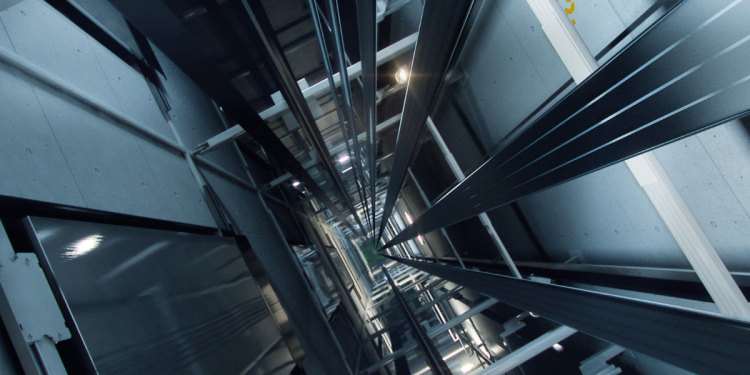When you step into an elevator, you’re likely thinking about how many floors to go—not the feat of engineering making that journey possible. But as skyscrapers grow taller, the systems that carry us skyward are evolving in incredible ways. From speed to sustainability, today’s vertical transportation systems are marvels of innovation. And for those buildings needing to keep up with modern safety, efficiency and technology standards, elevator modernisation services are becoming increasingly essential. Let’s take a closer look at some of the tallest elevators in the world and explore the groundbreaking engineering that powers them.
Burj Khalifa – Dubai, UAE
Standing at a jaw-dropping 828 metres, the Burj Khalifa is the tallest building in the world—and naturally, it houses one of the most impressive elevator systems ever built. Supplied by Otis, the elevators in the Burj include double-deck cabins and the world’s longest single elevator run, stretching 504 metres. Engineering highlights:
- Travel speed of up to 10 metres per second.
- High-capacity double-deck cars.
- Intelligent destination control to reduce wait times.
Shanghai Tower – Shanghai, China
China’s tallest building, the Shanghai Tower, rises 632 metres into the sky and is home to some of the fastest elevators on the planet. The Mitsubishi Electric elevators here reach speeds of up to 20.5 metres per second. Engineering highlights:
- Ultra-lightweight carbon fibre cables.
- Aerodynamic car design to reduce noise and wind resistance.
- Pressure control systems for passenger comfort.
Taipei 101 – Taipei, Taiwan
Taipei 101 once held the record for the fastest elevators in the world, hitting speeds of 16.8 metres per second. These Toshiba-engineered lifts take visitors from the 5th to the 89th floor in just 37 seconds. Engineering highlights:
- Double-deck elevators with pressure-regulating cabins.
- Magnetic levitation brakes for extra safety.
- Streamlined design to combat air drag.
Lotte World Tower – Seoul, South Korea
At 555 metres tall, the Lotte World Tower’s elevators are unique in that they span one of the longest uninterrupted travel distances in the world—up to 496 metres without stopping. Engineering highlights:
- Sky Shuttle lifts travel directly from the basement to the observation deck.
- Multi-rope technology for increased lift stability.
- Panoramic LED displays inside the cars enhance the ride experience.
CN Tower – Toronto, Canada
Though not a traditional building, the CN Tower’s elevator remains iconic. It travels 346 metres to the observation deck in just 58 seconds. Engineering highlights:
- Glass floor panels offer views straight down.
- Anti-sway mechanisms to combat wind movement.
- High-reliability systems for daily tourism traffic.
The Future of Elevator Technology
As buildings continue to reach new heights, so too must the systems that connect their levels. Engineers are now experimenting with:
- Ropeless elevators (like ThyssenKrupp’s MULTI system), which use magnetic levitation for horizontal and vertical movement.
- Smart predictive maintenance using IoT sensors to reduce downtime.
- Energy-regenerative systems that harness energy from descent to power ascent.
Modern buildings are expected to be more sustainable, more connected, and more comfortable. To remain competitive and compliant, older systems are being upgraded with elevator modernisation services, which integrate the latest safety, energy, and digital performance technologies into existing shafts—prolonging operational life and reducing long-term costs.
The tallest elevators in the world represent more than just vertical transport—they’re bold expressions of human ingenuity and engineering excellence
As our cities grow upward, the technology behind the ride will only become more sophisticated. Whether you’re designing a new skyscraper or upgrading an existing one, it’s clear that elevators are no longer a background utility—they’re an integral part of the modern urban experience.







